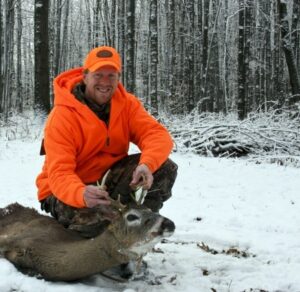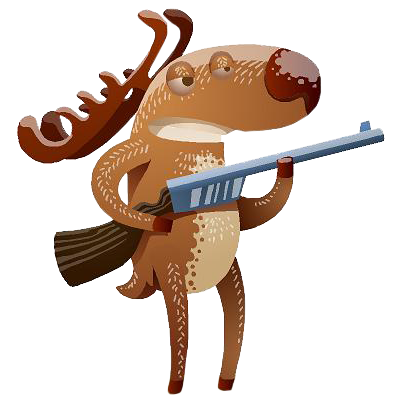
You’ve been sitting in your hunting blind all day, and a big buck has crept into view. You’ve lined up your shot and hit your mark, but you didn’t take him down and now he’s on the move. In this entry, we’ll share some tips to help you track your wounded deer down.
The first step is to wait. Experts suggest waiting at least 30 minutes after you’ve made your shot before heading out from your blind. Take note of the direction the deer was heading when you last saw it, and use this time to examine the area where you struck him for landmarks and sightlines. North American Whitetail notes that because deer often travel in loose family groups, others may come to follow the shot deer, guiding you to your quarry.
Next, get to the site of the shot and look for signs of hair or blood that may provide clues as to the severity of the wound. For example, pink, foamy blood is indicative of a lung shot, which usually means the deer is downed within 150 yards of the shot location.
After marking the site of the shot as your starting point, begin following the trail, taking care to walk to the side of the trail so as not to disturb it. Look for scuffs, blood or upturned plant life that may indicate a recent crossing. Mark blood spots with tape or some other means to help backtrack in case you get turned around or lose the trail.
Generally speaking, no more than two people should track a deer as additional hunters may inadvertently cross the trail and cover tracks. The lead should follow the trail closely, while the second tracker circles the area to look for additional tracks, blood or other signs of the animal. Wounded deer will often tend to run downhill and/or toward water. Bear this in mind as you track.
Ready to put your tracking skills to good use? Give us a call today to find out how a hunting blind from Productive Cedar Products can help.
[msh_feedburner]


Leave a Reply
You must be logged in to post a comment.